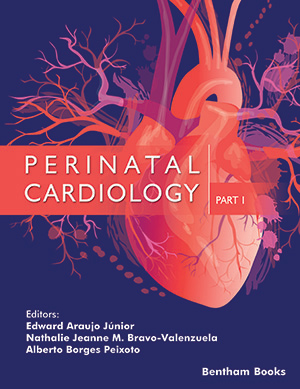Abstract
The in utero progression of congenital heart diseases (CHDs) can be observed in almost all CHDs during the first, second, and third trimesters of pregnancy. The progression of a cardiac disease can be associated with worsening of structural defects, new onset of foramen ovale restriction, decreased ventricular inflow or outflow, or worsening arch obstruction. The role of contemporary fetal cardiologists is to not only diagnose CHDs but also foresee the condition of the newborn after delivery and plan potential treatment in the first hours-or even minutes-of life. For this reason, pregnancy and delivery management of newborns with a prenatal diagnosis of CHD requires a multidisciplinary team composed of fetal and pediatric cardiologists, obstetricians and maternal–fetal specialists, neonatologists, and other pediatric specialists. The potential progression of CHD severity in utero and changes occurring during the transition from fetal life to infancy led to the creation of new classifications of CHDs dedicated to fetuses only. Severest heart defects are defined as CHDs in fetuses whose treatment results in death in nearly all cases, and potential treatment is needed immediately after birth; severe urgent heart defects are defined as CHDs in fetuses who need to undergo an invasive cardiologic treatment or cardiologic surgery within the first hours of postnatal life; severe planned heart defects are defined as CHDs in fetuses who need to undergo cardiologic surgery within the first month after birth, usually with ductal-dependent circulation and prostaglandin infusion to prolong prenatal physiology; and planned heart defects are defined as CHDs in fetuses who do not need to undergo cardiologic surgery within the first month after birth (usually surgery may be postponed to infancy). The only tool for the proper qualification of fetuses to one of the groups in the new classification system is fetal echocardiography.
Keywords: Classification, Fetal echocardiography, Planned and urgent congenital heart disease.






















